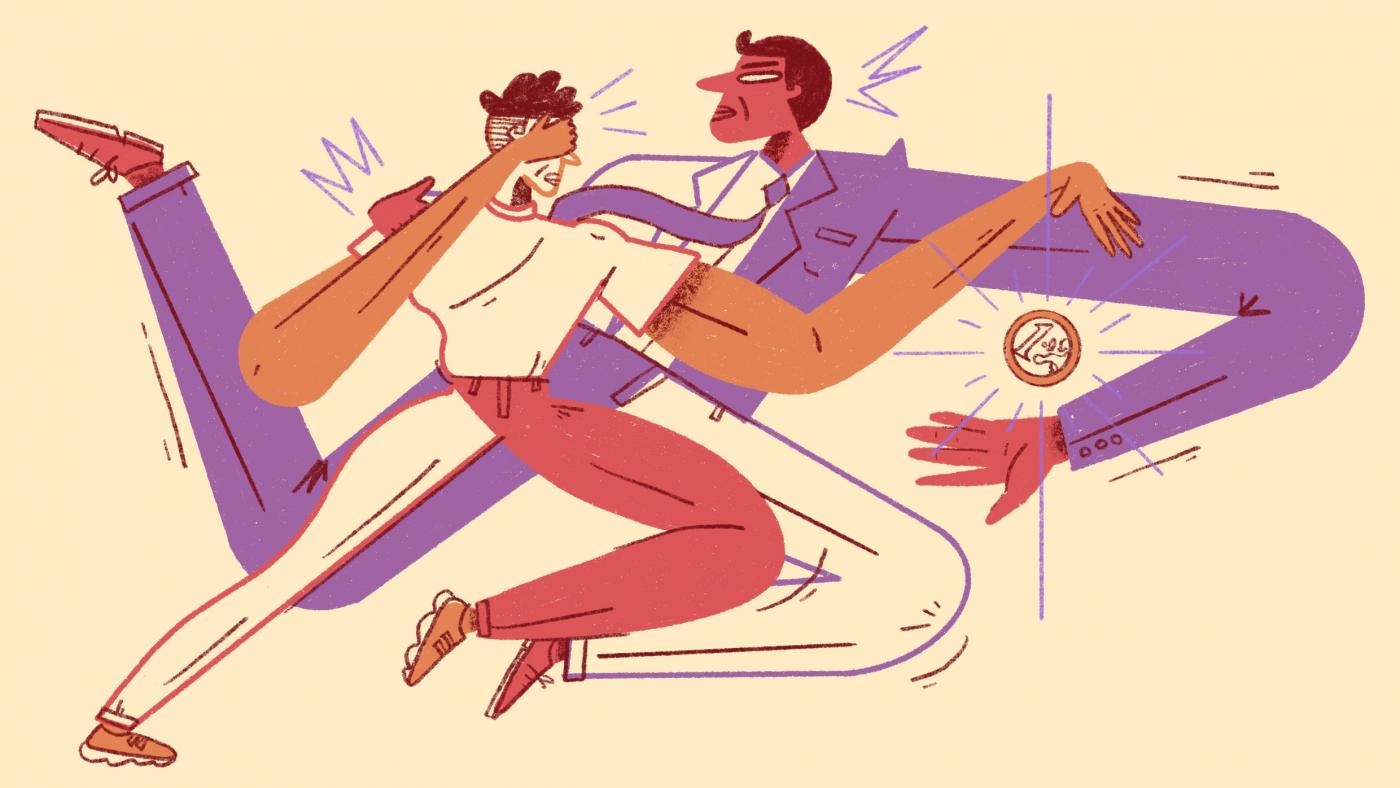How the millions from the basic student grant evaporated in five years

The hundreds of millions that are being freed up by the abolition of the basic student grant in the Netherlands have not yet led to smaller classrooms and more personal attention in education, as was promised to students five years ago. Our research shows that, due to the rapid growth in the number of students, the student population is outpacing the number of teaching staff at most universities and some universities of applied sciences (hogeschool in Dutch). A surprising development, because when the loan system was introduced, the number of students was actually expected to decline.
Wicked incentive
The growth is partly caused by the fact that the budget allocated to higher education institutions is determined by the number of students they have. When a university or university of applied sciences recruits a lot of students, it receives a larger share of the budget for higher education. However, because that budget is not increased proportionately, the amount the institutions receive per student is becoming smaller and smaller. Moreover, as a result of the launch of English-language programmes aimed at the international market, there are hardly any limits to the growth of the number of students.
By abolishing the basic student grant, more funds would be available to add thousands of extra teachers to the institutions' staff. Although more teachers have indeed been recruited, the number of students per teacher actually increased. That's because the amount of students grew more than the amount of teachers. Editor's note: the figures in this chart do not include university lecturers and students in the Health field (which comprises studies such as Dentistry and Medicine). The Dutch Association of Universities does not have all the figures for these categories.
The Commission for a Future-Proof Higher Education System, also known as Veerman Commission, had already warned against this problem in a 2010 report. The commission made the case for a major investment in higher education, but also stated that student numbers should become less relevant when it comes to funding. In retrospect, the investment that the Veerman Commission pushed for was made, but the condition that came along with it -- decoupling funding from student numbers -- failed to materialise.
Shady promises
But this is not the only reason why students have hardly seen any of the extra money. Anticipating the extra income, universities and universities of applied sciences promised to use their own reserves to make investments in advance: the so-called pre-investments. The idea was to avert the risk of creating a "lost generation" of students, who would receive neither a basic student grant nor a better education.
Insofar as they were prepared to account for these investments -- our research shows that they failed to do so more than on one occasion -- it is often unclear whether they were in fact additional investments, or initiatives that were already in the pipeline were labelled as pre-investments.
Politicians in The Hague and representative bodies around the country stood by and watched. Minister Bussemaker had already side-lined herself in 2014 by giving universities and universities of applied sciences a blank cheque, as evidenced by our research. While she arranged with the institutions that they would invest that extra money, behind the scenes she actually didn't stick so strictly to that part of the agreement.
“You are also allowed to count things that you are already doing which will lead to the improvement of education. You can count buildings, you can count anything and everything". That's how Groningen University board member Sibrand Poppema sums up the minister's words in 2014 during a discussion with the university's council.
Reprensative bodies were side-lined
In practice, the students in representative bodies lacked the experience and the knowledge of administrative smarts required to bring such a complex project to a successful completion. Former members of student councils at universities of applied sciences told us that administrators often barely involved them.
Moreover, because of the annual changeovers, those students often felt ill-prepared for difficult financial discussions, which gets even more complicated when administrators turn the tables or resort to tricks such as planning a decision on pre-investment in the first meeting of a new council year.
Fainthrearted
Bussemaker's successor, Ingrid van Engelshoven, the current Minister of Education, Culture & Science, also thought that things had to change regarding how the proceeds of the loan system should be spent. She enlisted the help of the Accreditation Organisation of the Netherlands and Flanders (NVAO in Dutch acronym). Before universities and universities of applied sciences could receive the basic student grant money, they had to write a plan on which the NVAO would advise the minister.
That turned into a battlefield. Almost half of the universities of applied sciences (including the five largest ones) and two universities were given a negative advice. The revenues of the loan system are set to be allocated in this manner for six years -- we're now in the third. Universities have not yet had to face the consequences, as the money was always paid out regardless, with the corona crisis serving as an extra excuse last year.
Moreover, van Engelshoven overruled her own education inspector twice. She brushed aside NVAO's negative recommendations about the plans made by Hanze University of Applied Sciences, Groningen University and Delft University of Technology, following a private conversation with the administrators of those institutions. She provided scant justification for her decision.
Professor Henriëtte Maassen van den Brink, who has sat on several NVAO panels, sees the whole situation with dismay. According to her, it seems that all universities and universities of applied sciences inevitably receive their money anyway, even though some of the plans "really raise eyebrows" about how the improvements can be monitored afterwards. "That undermines the agreements that we have made, as well as the confidence of students, who had to hand in their basic student grant."
In theory, things looked pretty good back in 2015. In exchange for a hollowed-out basic student grant, a 'social' loan system would be put in its place. Students could borrow money as needed, and pay it back later depending on their financial means. A lot of money would be freed up for better education this way, and students would get to have their say in what that education would look like.
The actual situation in 2021 is a lot grimmer. The social aspects of the loan system have been pushed into the background on account of the vast number of young people who have built up serious debt at such a young age. University of Amsterdam's magazine Folia, DUB, and other university media outlets delved last year into the so-called pre-investments and quality plans. In short: how the money from the abolished basic student grant is being spent.
With the help of editorial teams at universities and universities of applied sciences across the country, our research team examined the annual accounts of 25 institutions (13 universities and the 12 largest universities of applied sciences) between 2015 and 2019 to find out how they accounted for pre-investments and the use of the bursary millions.
We also carried out data research on developments in student and staff numbers and mapped out the financial position of institutions. Where possible, we examined their pre-investments and quality plans, as well as the subsequent reviews by the Netherlands Court of Audit (Algemene Rekenkamer) and the Accreditation Organisation of the Netherlands and Flanders (NVAO). In addition, we held a series of interviews and background discussions with the administrators, researchers, students and politicians involved.
This research project (which is financially and morally supported by The Dutch Journalism Fund) investigates the large gaps between (political) promises and actual practice, and the consequences they have for a fairly large group of young people in the Netherlands. We will conclude this series of articles a few days before the planned Dutch parliamentary elections on March 17. (Altan Erdogan, chief editor Folia)
Courtesy of Altan Erdogan, Laura ter Steege and Yvonne van de Meent.

This is the first episode in a series of investigative articles that was made possible by the Dutch Fund for Journalism and various editorial boards at higher education institutions in the Netherlands.